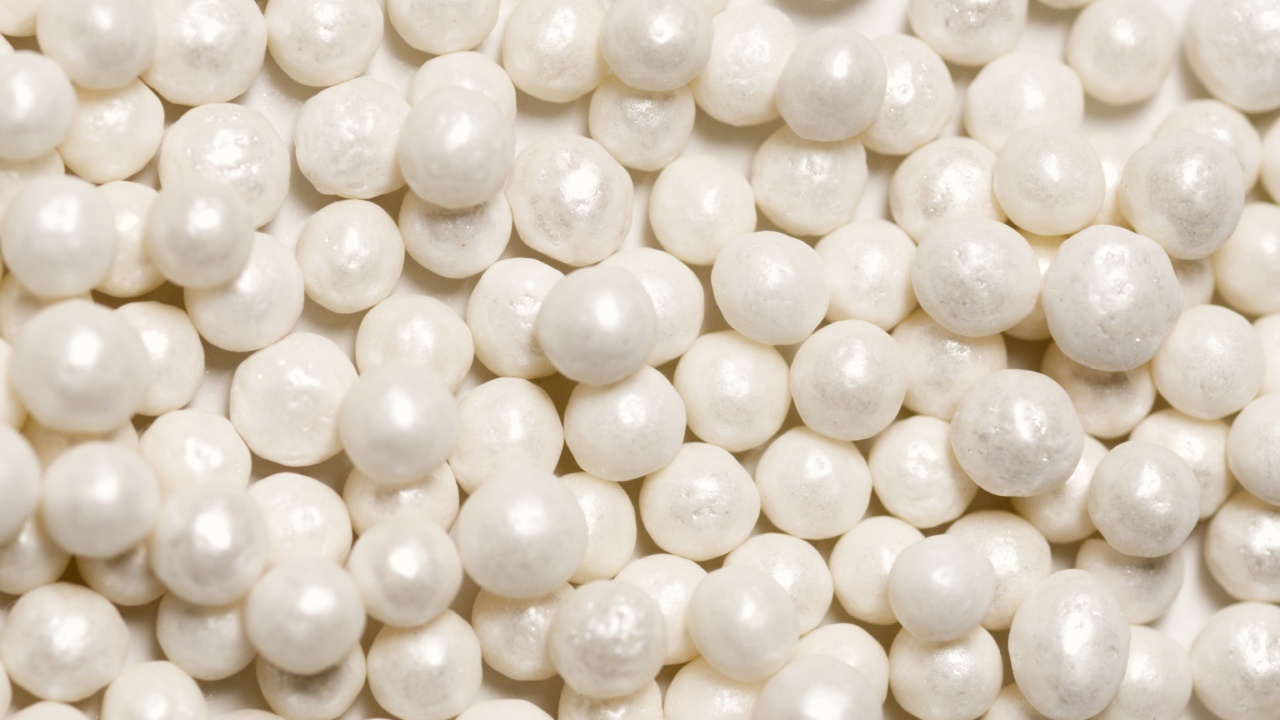Vitamin D is an essential nutrient required for the proper functioning of the human body. It plays a critical role in bone health, especially in children. The body needs vitamin D to absorb calcium, another vital nutrient necessary for strong bones.
Vitamin D deficiency in children can lead to a range of bone disorders, some of which can persist into adulthood. Read on to learn about the benefits of vitamin D for child bone health.
1. Supports bone growth and development
Vitamin D is essential for the proper growth and development of bones in children. It helps the body absorb calcium, which strengthens bones and helps them grow.
During childhood, bones grow rapidly, and vitamin D is necessary for this growth and development. Children with a vitamin D deficiency may have slower bone growth and development, which can cause a range of bone disorders.
2. Prevents rickets
Rickets is a bone disorder that affects children, causing soft bones and skeletal deformities. It is caused by a deficiency of vitamin D, as the body needs it to absorb calcium.
Without enough calcium, bones become soft and weak, leading to bone deformities and other related issues. Vitamin D supplements are recommended for the prevention and treatment of rickets in children.
3. Reduces the risk of fractures
Vitamin D helps reduce the risk of fractures in children. It strengthens bones and makes them less prone to injury. It also helps improve bone density, which can prevent fractures in later years.
However, studies have shown that children with a vitamin D deficiency are more likely to experience fractures than those with adequate levels of the nutrient.
4. Supports immune function
Vitamin D plays an important role in supporting the immune system. It helps activate immune cells, which fight off infections and other harmful substances in the body.
Children with a vitamin D deficiency are more prone to infections, which can cause bone-related complications.
5. Improves muscle function
Vitamin D helps improve muscle function, making it easier for children to move and play. It enhances muscle strength and coordination, reducing the risk of falls and other injuries.
Additionally, strong muscles can help support the bones, reducing the risk of fractures and other bone-related issues.
6. Supports dental health
Vitamin D is also important for dental health in children. It helps support healthy teeth and gums, reducing the risk of dental caries and other related issues.
Adequate levels of vitamin D can also help prevent the development of gum disease and other oral health issues.
7. Helps maintain healthy weight
Vitamin D can help children maintain a healthy weight, reducing the risk of obesity-related bone disorders. It helps regulate the body’s metabolism, promoting healthy growth and development.
Studies have shown that children with a vitamin D deficiency are more likely to be overweight or obese.
8. Reduces the risk of chronic diseases
Vitamin D deficiency has been linked to a range of chronic diseases, including diabetes, heart disease, and cancer. Adequate levels of the nutrient can help reduce the risk of these diseases, promoting overall health and wellbeing in children.
Additionally, vitamin D has been shown to improve mood and reduce the risk of depression and other mental health issues.
9. Recommended daily intake
The recommended daily intake of vitamin D for children varies depending on age and other factors.
The American Academy of Pediatrics recommends that infants receive 400 IU of vitamin D per day, while children aged 1-18 years should receive at least 600-1000 IU per day. However, some children may need higher doses, especially those at risk of vitamin D deficiency.
10. Sources of vitamin D
There are several sources of vitamin D, including sunlight, food, and supplements. Sunlight is the most natural source of vitamin D, as the body can produce it when exposed to sunlight.
However, too much sun exposure can be harmful, so it is essential to take precautions and limit exposure. Foods rich in vitamin D include fatty fish, egg yolks, and fortified foods such as milk and cereal. Supplements are also available and can be an excellent way to ensure children are getting enough vitamin D.































